
In common with my warm weather fishing I usually take a fairly freestyle approach to finding fish during the cold months. The main reason is that, if there’s one thing I’ve concluded, they are where they are and I’ve found it vital to keep an open mind with regard to the carps’ whereabouts and feeding areas. It might be different if you’ve embarked on a baiting campaign to condition the carp to feed in a certain area but that isn’t always possible or practical, especially on busy venues. Whether it’s a one off trip or a sustained campaign the most important weapon I have is watercraft. During the spring, summer and autumn it might be possible to catch, even if my location isn’t on the money, as carp are more active and some might well come across my traps. During the cold though they are more inclined to hold up for periods and, although they will still move around the venue in response to conditions, pressure etc, it is vital that I’m on them.

During winter the areas from which I might elicit a feeding response are often tighter and there could be fewer features that fish find attractive. Opinions vary greatly with many advocating snags, some swearing by deep water and others preferring the shallows. Of course, the reality is that different venues are exactly that – different – and the fish within them will be comfortable in a variety of places, so I try not to write off any part of the lake.

Similar features on different venues don’t necessarily have the same draw as one another. One of my venues contains a large reed bed that acts like a magnet and increasing numbers of fish are drawn to it as the daylight hours diminish whereas, on an adjacent lake, there is a very similar feature but I’ve never witnessed carp laid up in it during the winter.
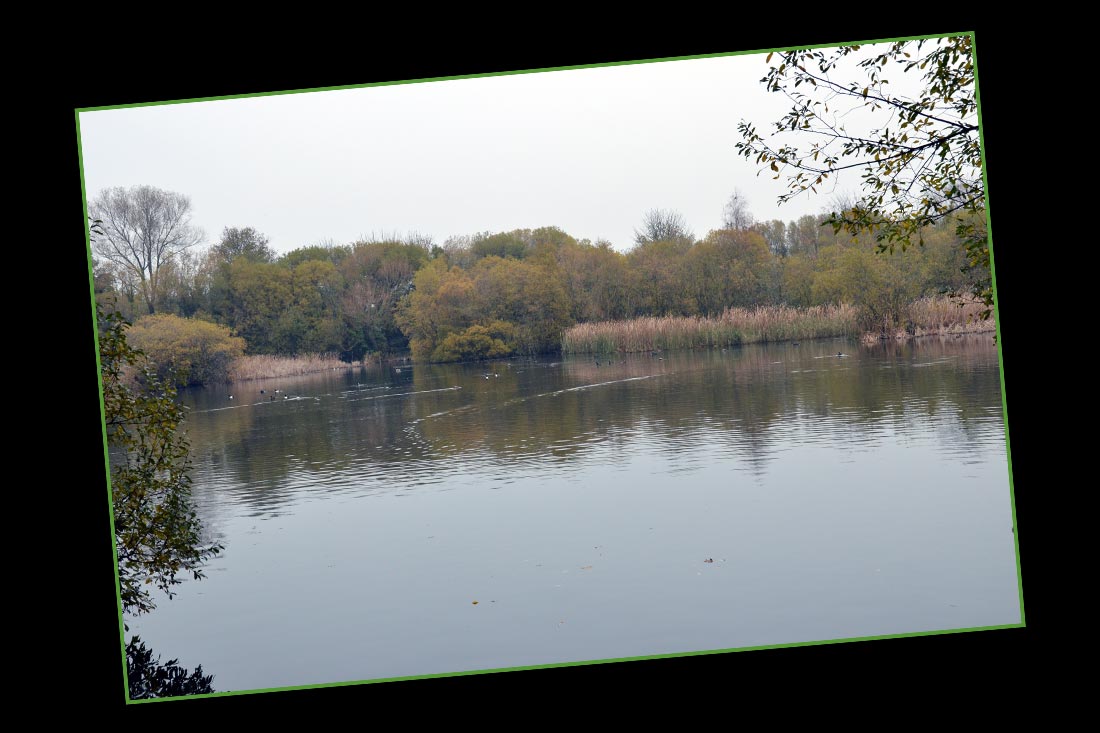
Winter carp can be very predictable and on some venues the areas that produce cold water bites are the same, year on year. Way back when I fished Horton there were several deep water spots that the fish could be relied upon to frequent as soon as the first frosts arrived. Dinton, on the other hand, had no defined winter spots. The cold water captures, both historically and during my time there, occurred in a variety of areas. The middle, either end, margins and open water all had the potential to hold carp but each year would see a change in their preferred locations.
I suspect this disparate behaviour could have something to do with the lakes’ topography. Although both venues were reasonably deep, Horton had some quite stark depth changes in contrast to Dinton’s relatively uniform lake bed. I’ve observed similar behaviour on other venues on which I have winter fished and it appears that those with the greater depth variation seem to have the more reliable winter features, whilst the flatter bottomed venues are less predictable.
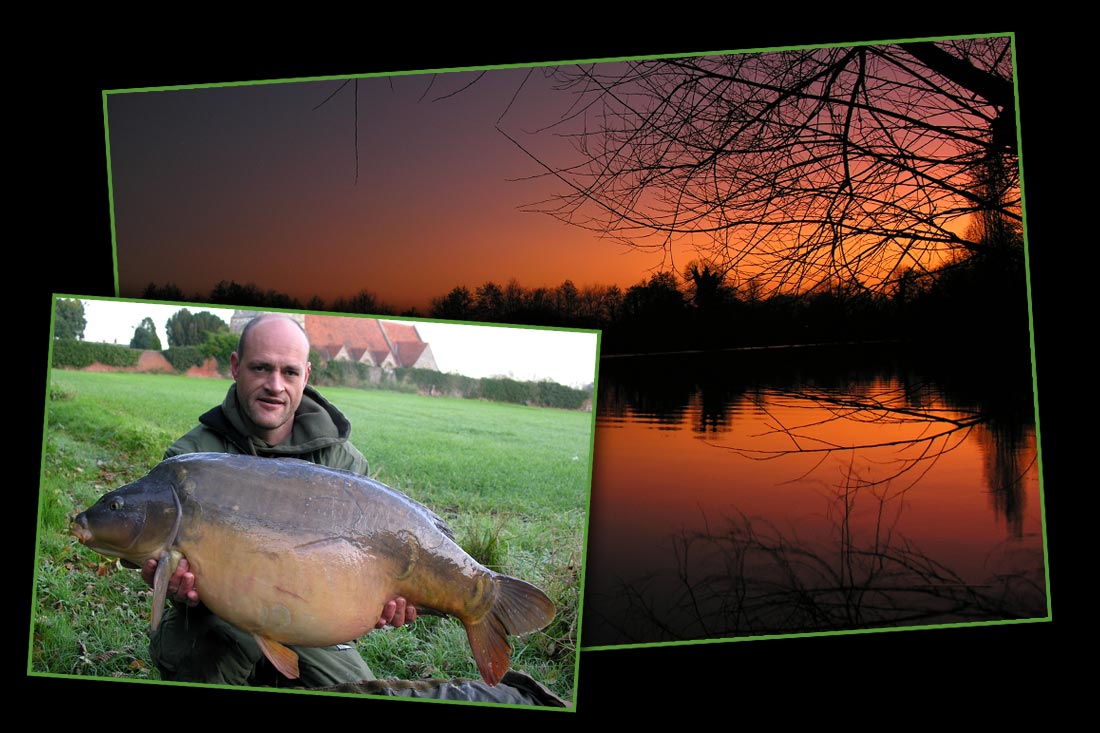
The best winter spot I have ever found was in a trough of twenty feet deep water adjacent to the sheer side of a bar rising up eight feet. In fact all the winter captures I made on the lake were from the deepest areas of between eighteen and twenty two feet that had shallower water nearby and this is the sort of spot I’d be looking at on in a venue with great variations in depth. Troughs between bars, deep water to the side of plateaux, that type of thing. On a water that is more flat bottomed I’d expect the carp to be frequenting snags, reeds, the remnants of weedbeds, undercuts or anywhere that offers security and some form of shelter.
Now, although I’ve just detailed where I think I’d find carp I try not to have any preconceived ideas as to their location, even on places I know well. It’s all well and good having knowledge of prior form or an expectation of where they might be but carp can be contrary creatures and weather conditions, environmental changes, pressure, availability of food, stock levels and many other influences can alter things. I’ve caught winter carp in two feet of water and I’ve caught them in 22 feet. I’ve had captures from open water and in the edge. Bites have come from on the end of a freezing cold easterly and on the back of a warm south-westerly. In short, they will be where they want to be, which isn’t necessarily where we’d expect them to be.
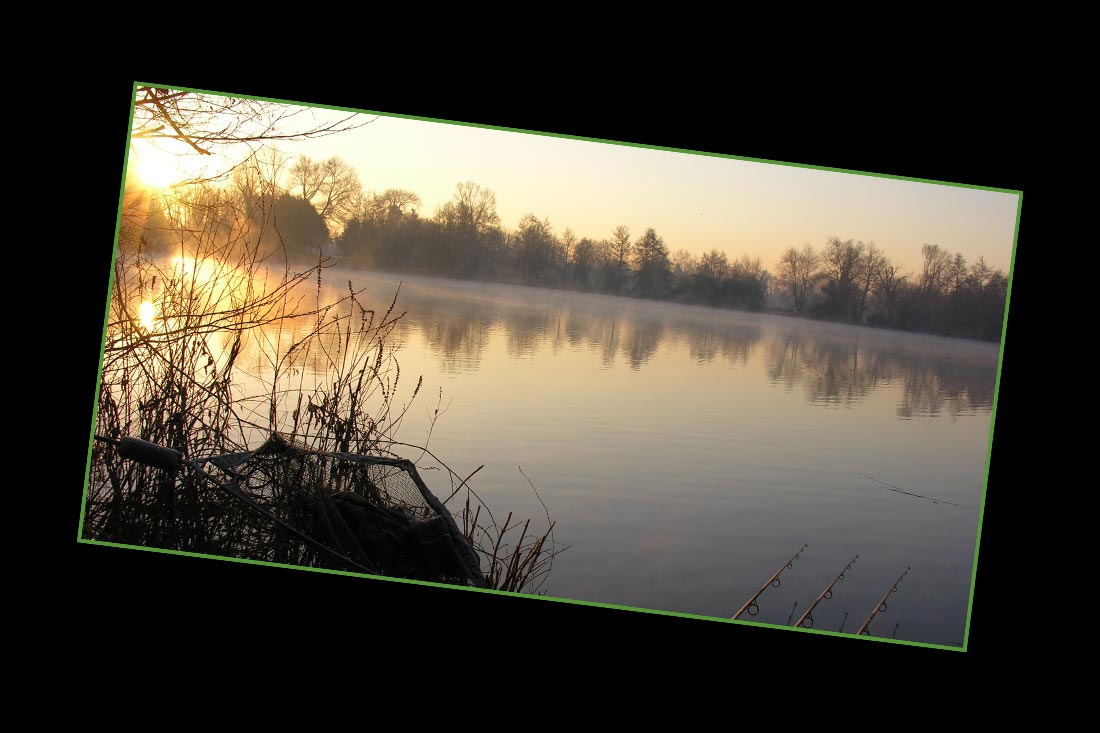
For this very reason observation is my key weapon. It’s rare that I set up on a hunch and will nearly always keep walking and looking until I see something to indicate the presence of fish before selecting a swim. Signs in winter are often not as obvious as fish launching themselves out of the water and I find it necessary to be more observant of subtle clues that merely indicate carp rather than offering proof positive. I find binoculars to be a real asset as they enable me to study small movements at range. These little signs may be all there is to base my choice on or they can be used to give me an area to keep my eyes glued upon to see if something sticks its head above water. A few bubbles hitting the surface is one such pointer. Yes it could be gas, tench, bream or eels but just as likely is that a carp is feeding on the few remaining bloodworm and it would tell me that I should spend some time looking in the area.
Observing the bird life can be extremely revealing too. I’m convinced that tufties will, on occasion, follow carp around in order to find food. I’ll never be certain but I think, as nutrition becomes scarcer during winter’s progress, they find it easier to look for a group of feeding fish, in order to discover a natural larder, than to find the tiny food items themselves. I’m not for one minute suggesting that wherever I find tufties carp will be below them though. In fact I’m looking for them to show some very specific behaviour. What I’m hoping to observe is a group of them sitting somewhere sheltered, say in a bay off the back of the wind, then for no apparent reason head out into open water and stop over an area without diving. In these circumstances, I’ve caught enough winter carp from beneath them to see them as a location aid and I’d have no hesitation in placing a bait in the area.
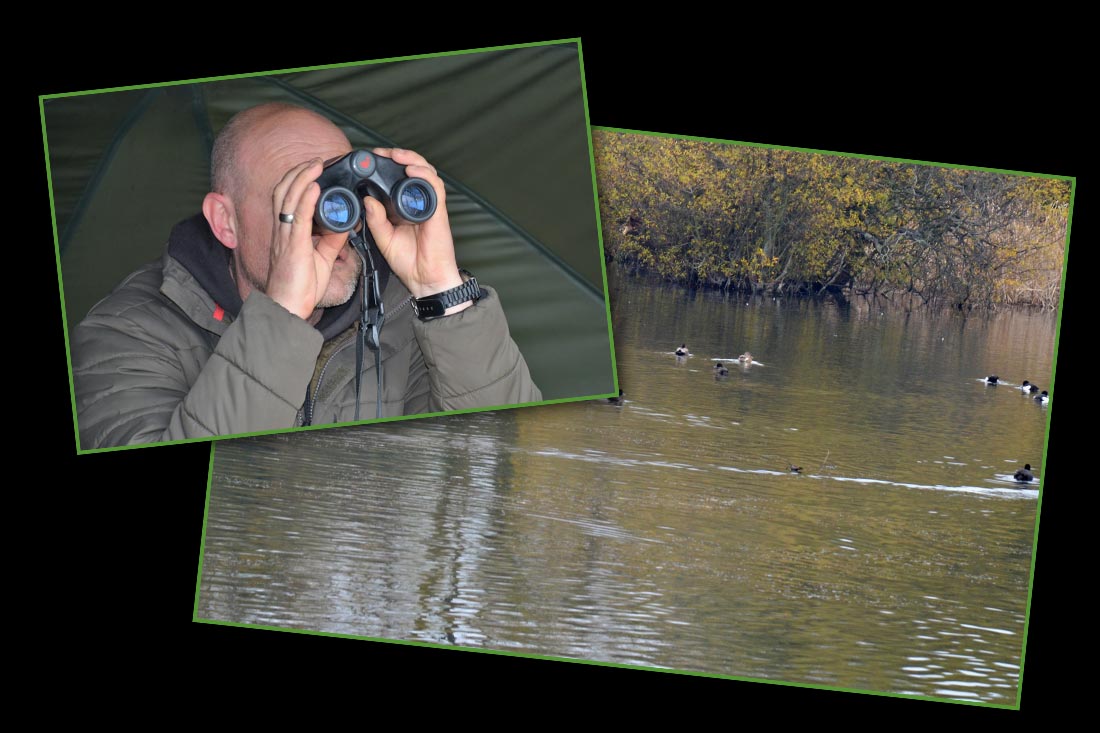
The behaviour of coots can give away the presence of carp too. A coot that stops, backs up and takes the long way round suggests that it has come across a carp in the upper layers and one that dives over my spot only to spook off without reaching the bottom could betray feeding fish. During the night they’ll also be heard letting out an alarm call, in response to a fish crashing out, particularly when they are roosting in a reed bed that fish are held up in. Silt feeding carp will send up bubbles and bits of detritus to the surface which, at range, may well go unnoticed. Seagulls can be observed diving on the activity giving me the chance to study the area in detail with binoculars.
There is so much to watercraft that I haven’t the skill to explain in writing but fish showing is about as tangible as it gets. The trouble is though that the number of sightings seem to plummet along with the temperature. What I have noticed isn’t that the fish are more reluctant to stick their heads above the parapet but that they seem more inclined to do it during darkness. Why this is so I have no idea and it may be peculiar to the venues I have fished although it has been apparent on almost every venue that I have stayed on throughout the year.
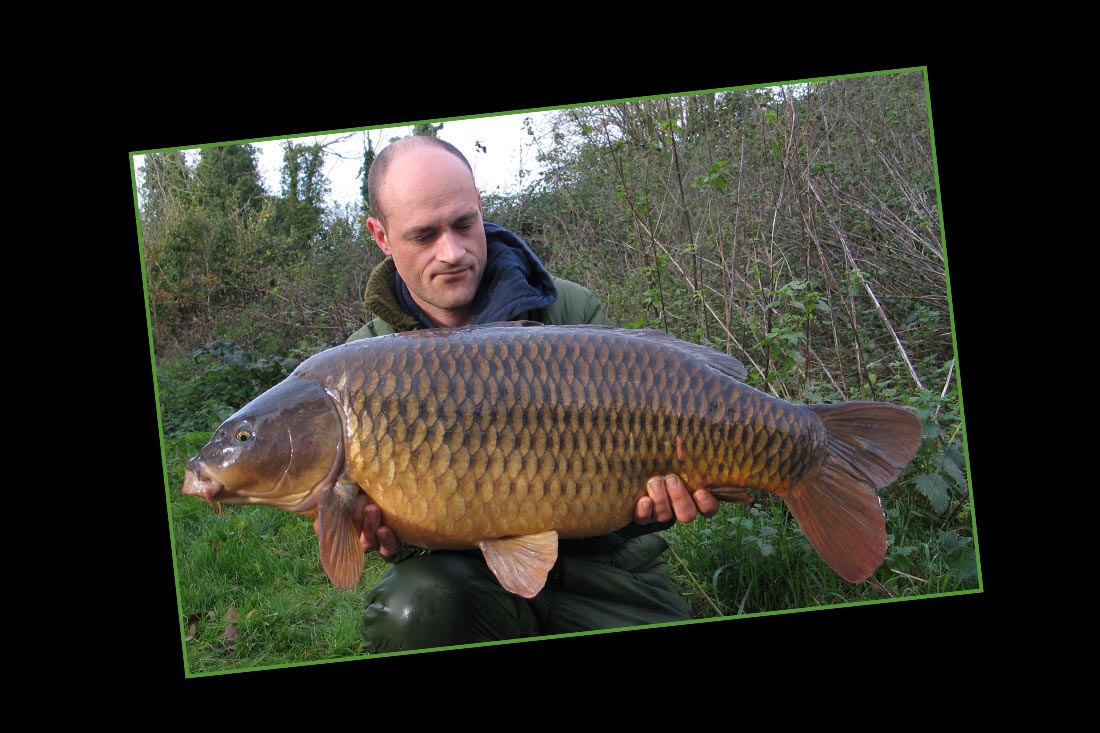
I first noticed this on Horton during a period when little had been seen. I’d finished a night shift, set up and got my head down for a couple of hours. It was gone midnight when I awoke to see loads of them showing. As it got colder and the daylight hours waned it became so pronounced that I purposely started turning up in the middle of the night in order to get on them.
The switch in habits usually takes place around the beginning of November, after the autumnal feed up. Daytime activity slows but, things start moving as soon as darkness falls. Typically the showing period moves later into the night through the winter and can be as late as three or four in the morning come late December. Whether I stay up late or set an alarm to wake me in the night, I consider observing the lake during darkness one of the best ways to locate winter carp.
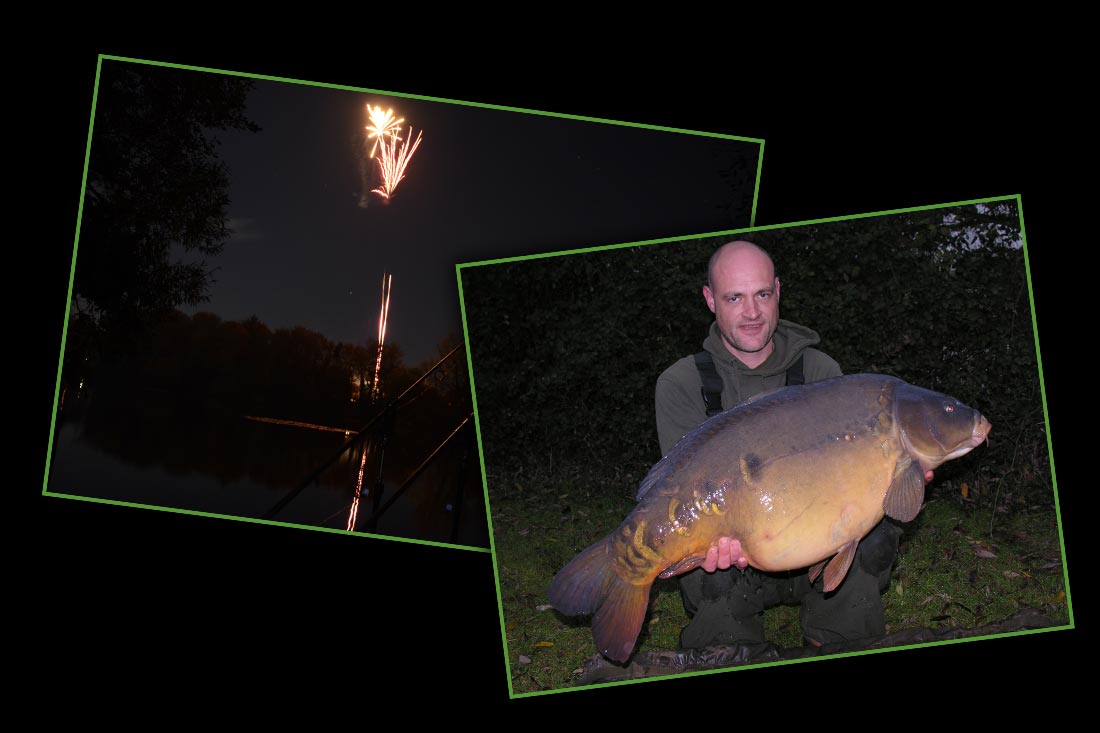
Finding fish in the cold might be more difficult than at other times but the information gained can often be more valuable. Winter observation can be much more long term than in the summer and spotting something could reveal a holding area rather than just where they are on one particular occasion. I might see subtle signs of activity, a shadow or a fin break surface over an exposed shallow bar indicating an area that carp migrate to on sunny days. It might not be the place for cloudy, low pressure but could offer up an opportunity for an hour or so on a bright afternoon, before they head back to shelter for the night. Bubbling in an area could offer up the source of a bed of natural food that my fish rely on throughout the winter.
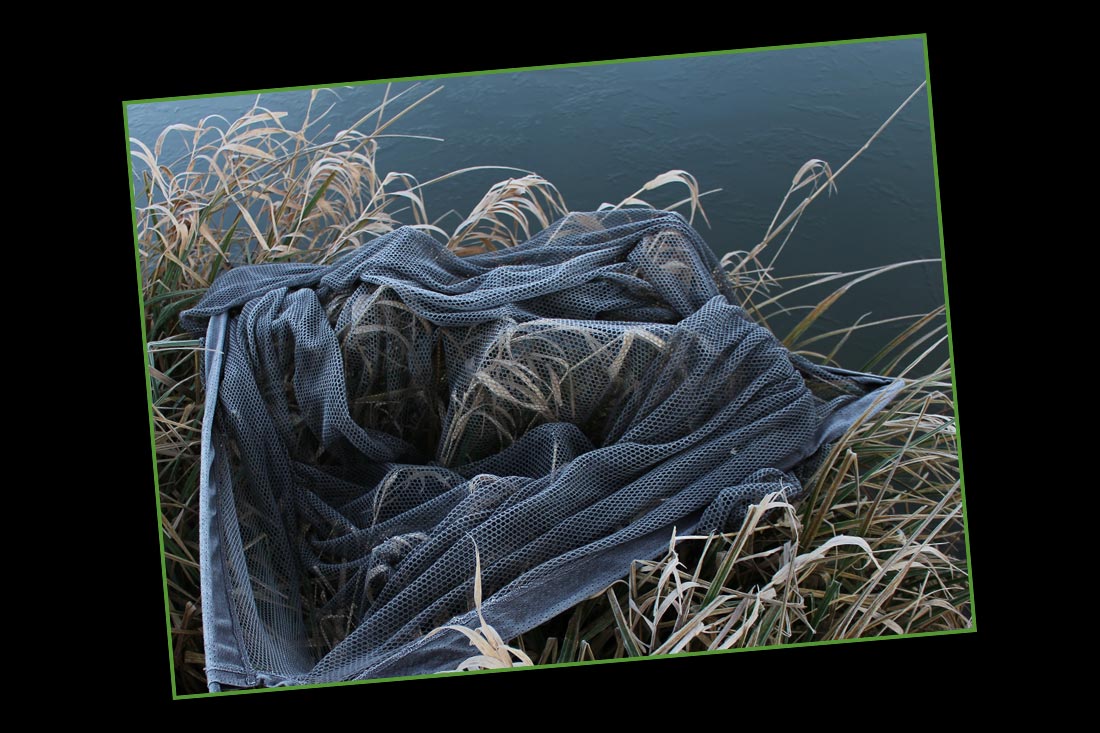
My summer fishing is all about observation and my winter fishing even more so. Although I think carp are more nomadic than we imagine there’s not the same likelihood of them coming across me as there is when it’s warm. It’s vital to be angling where there are fish and I’m not going to know where that is unless I put the effort into locating them. If I’m sitting it out in the cold I’ve got to know that I’ve got some chance. Watching, listening and trying to decipher the little clues are the name of the game for me. Just one sighting could reveal a winter holding area. It could make the trip… it could make the whole winter.
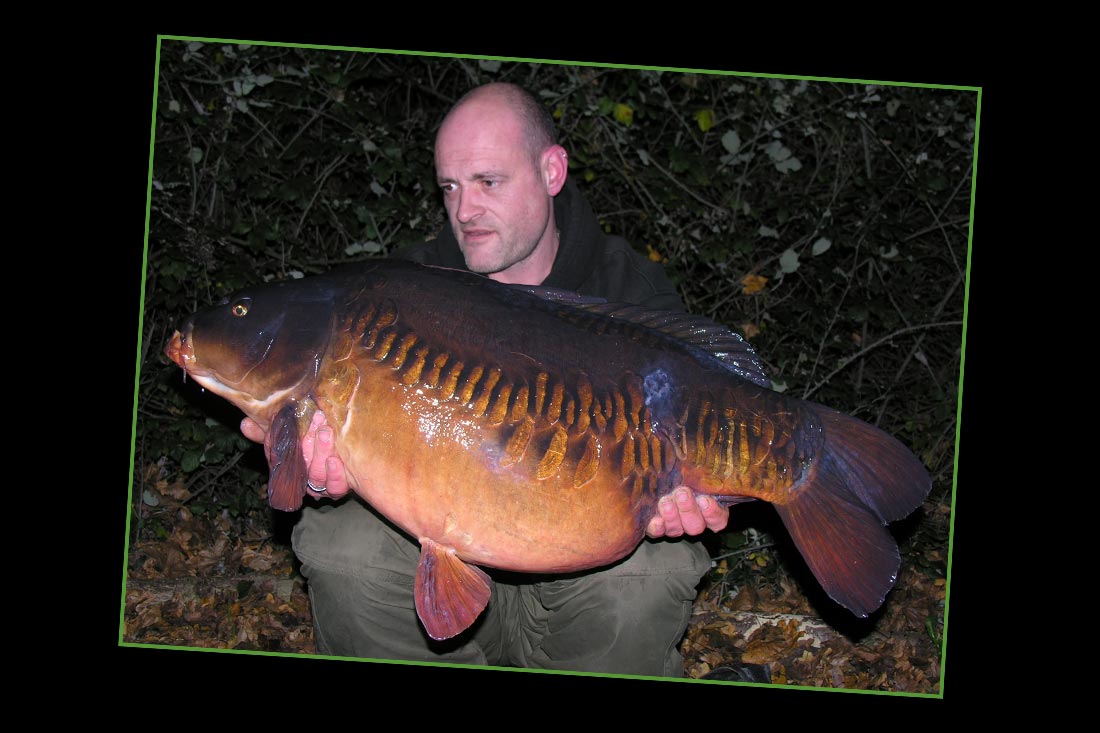


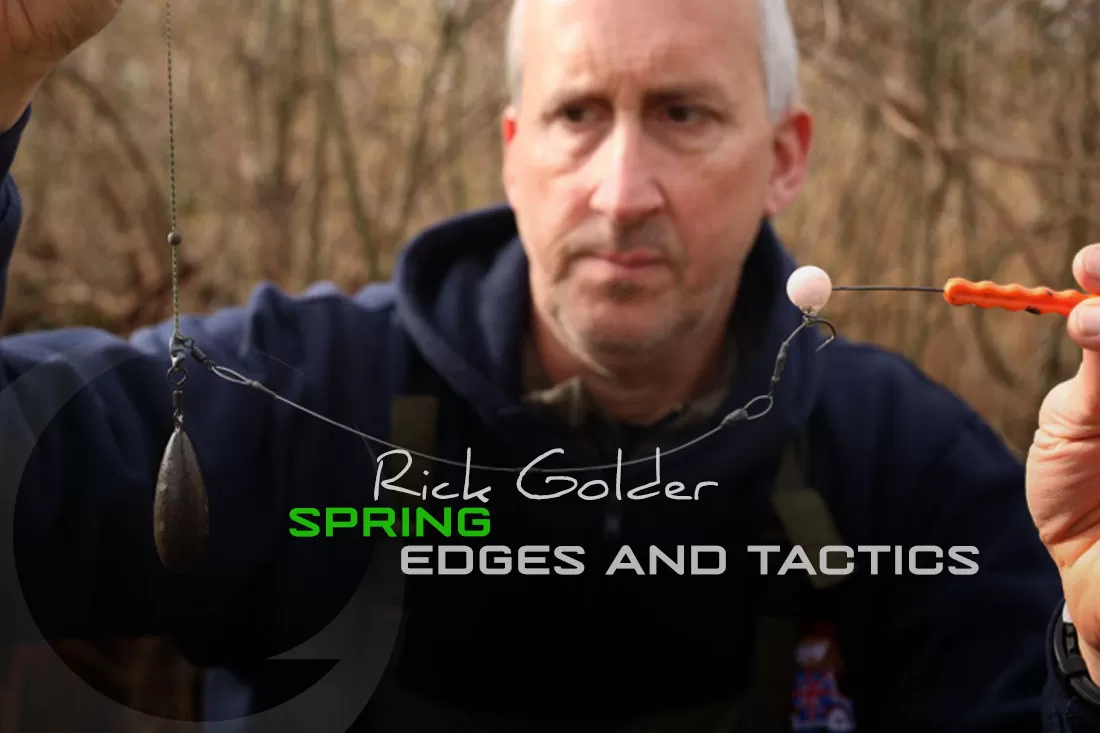
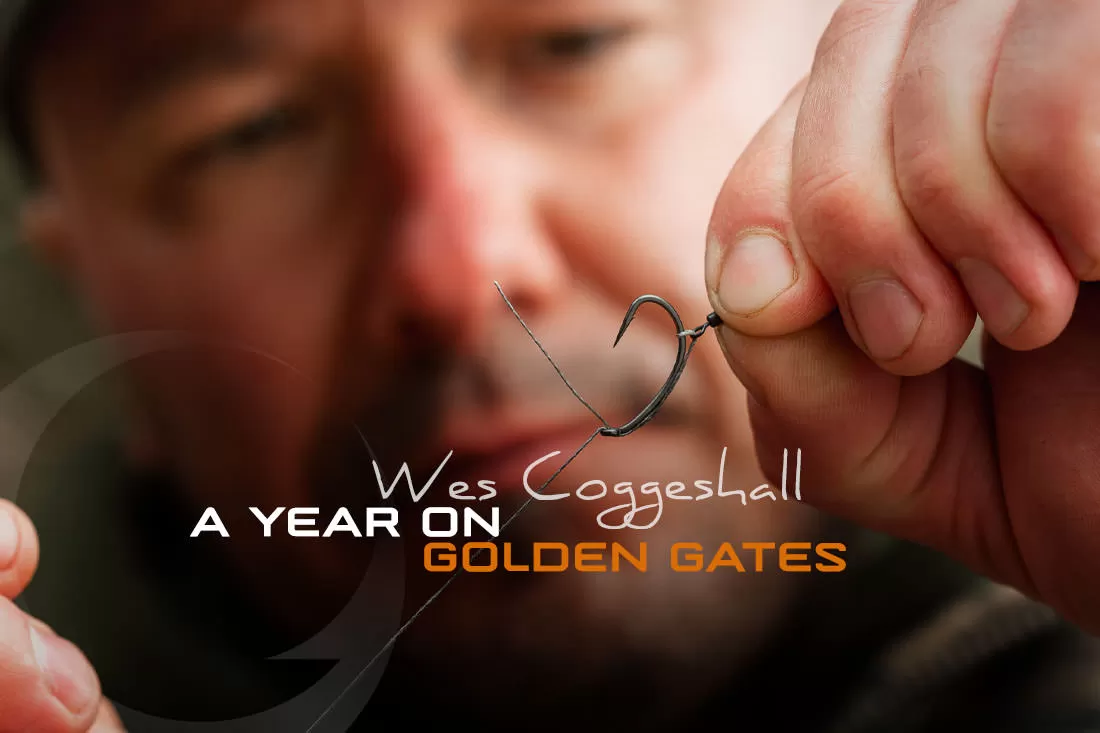
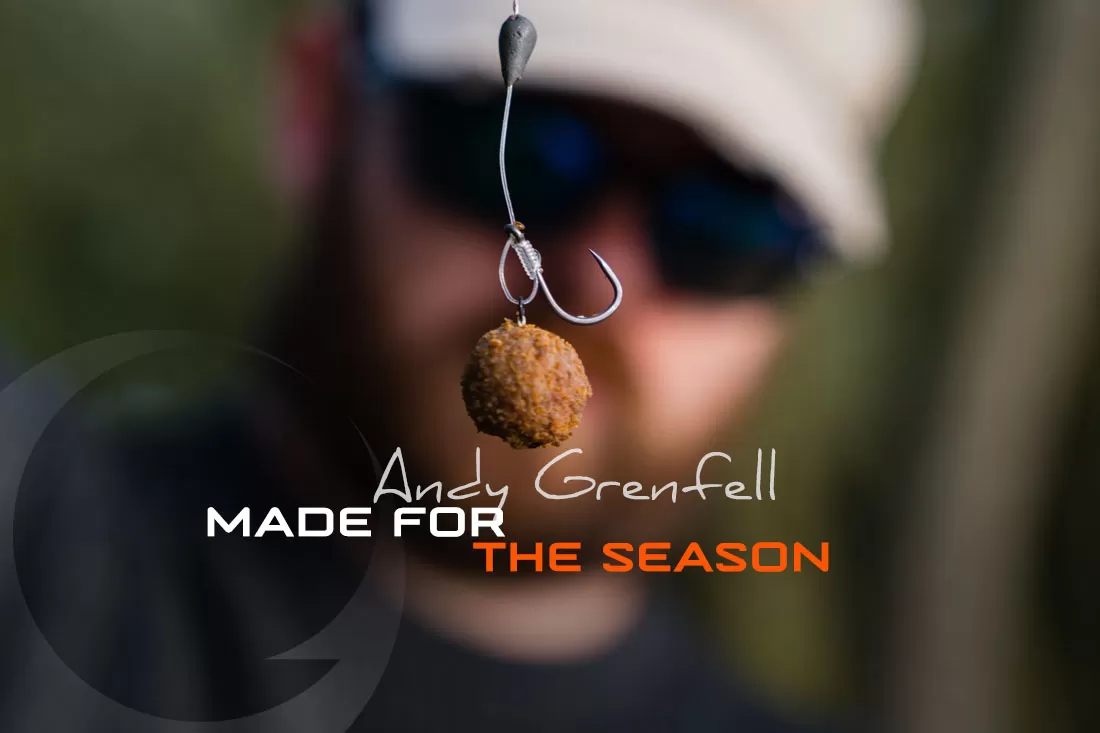
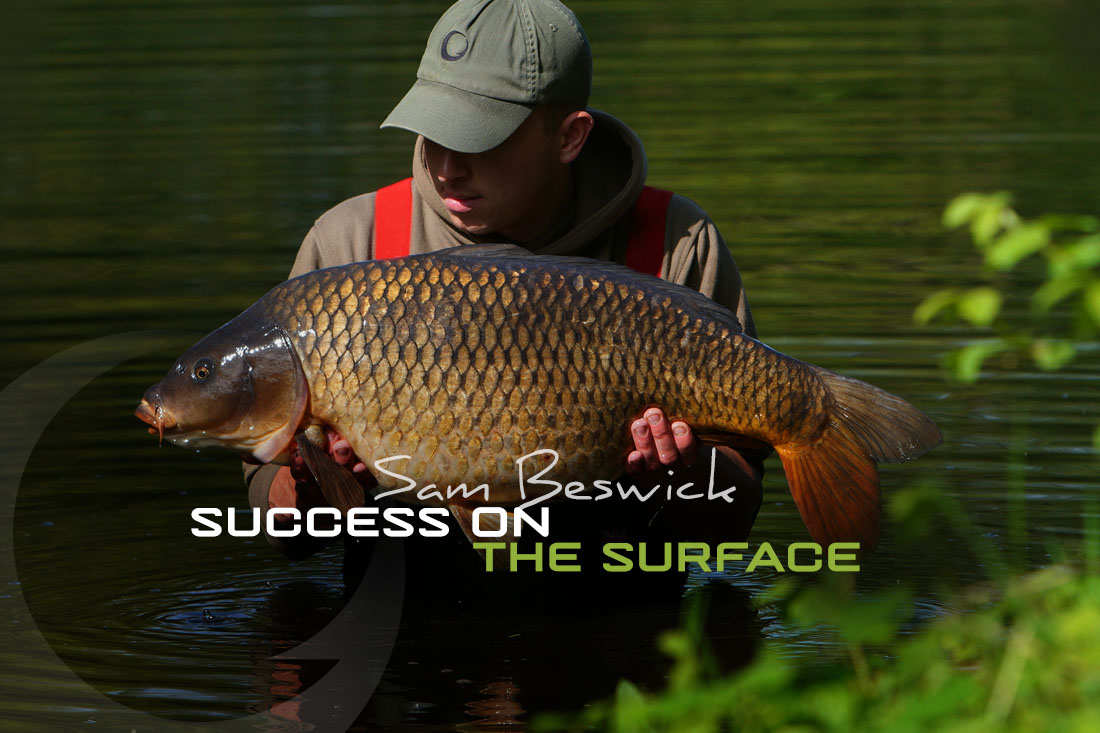
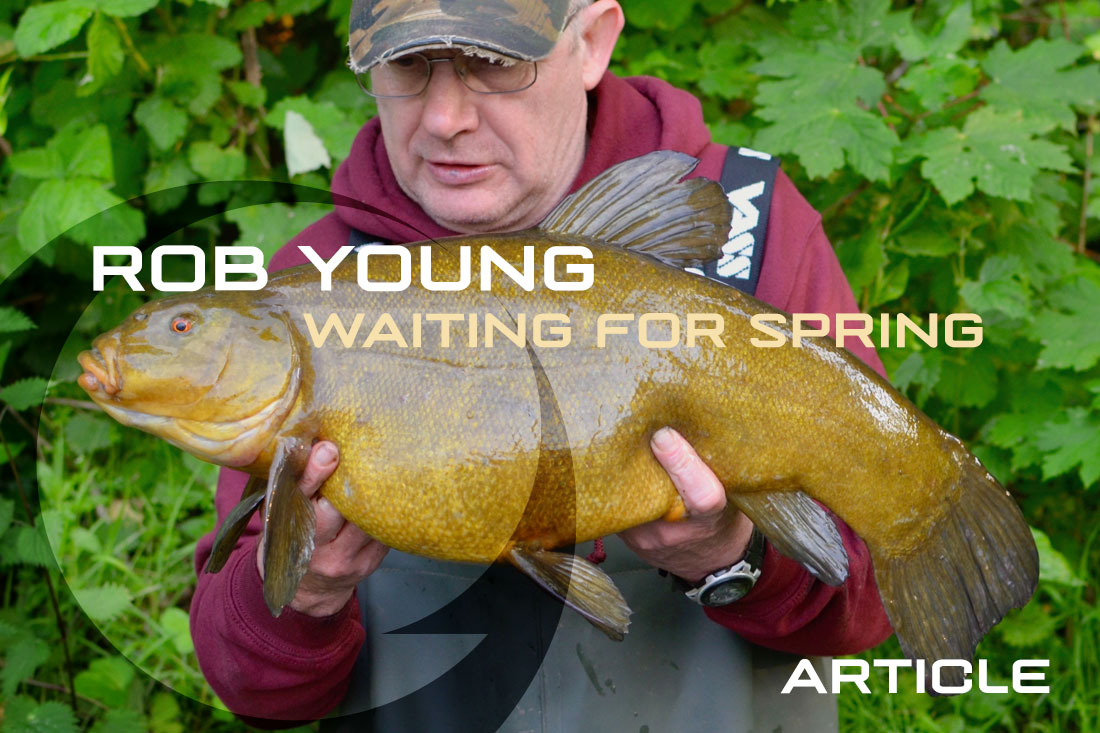
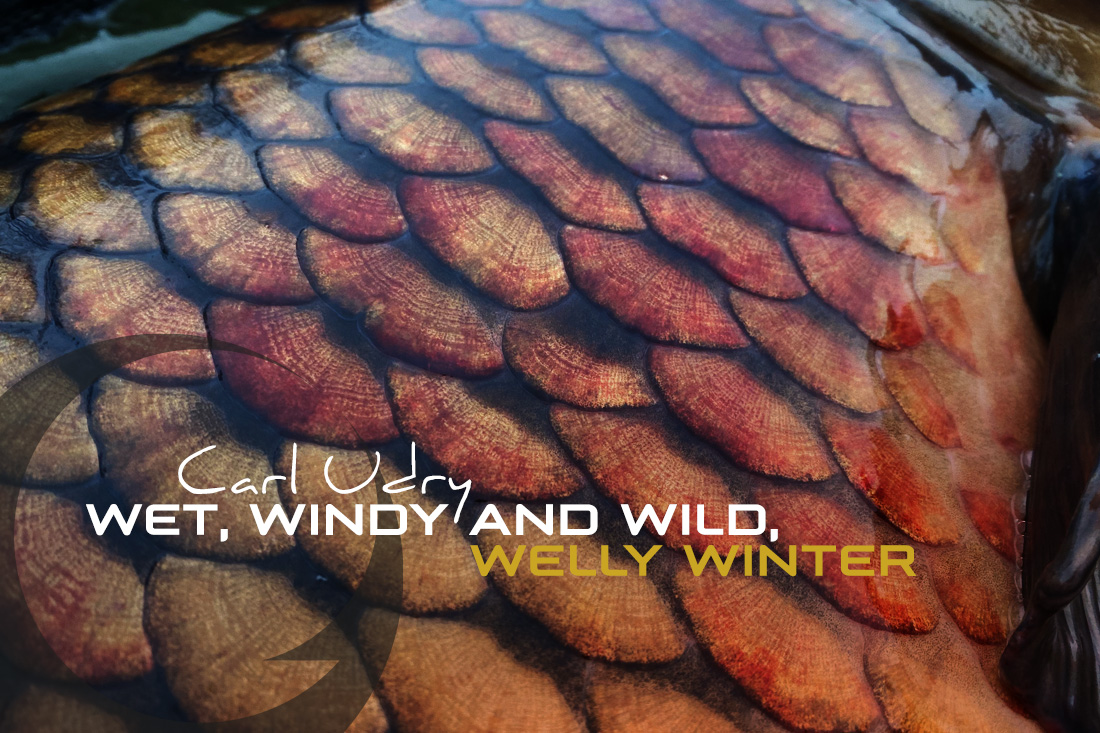
What a fish that last one is. Well worth going to find them in the winter rather than staying zipped up in the bivvy. Effort = reward